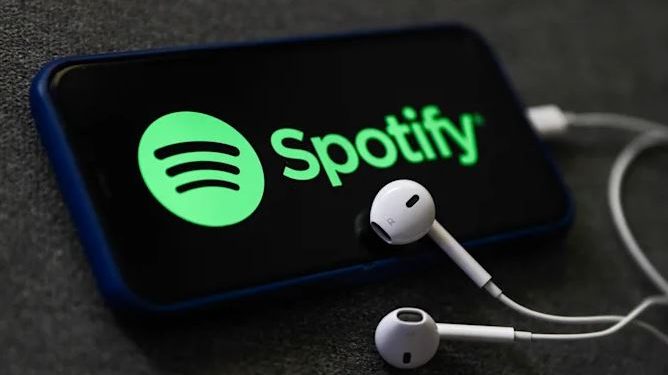


On a consolidated basis, Spotify will look to improve margins with podcast advertising, which doesn't have the same payout dynamics.

The company has to pay around two-thirds of every dollar it makes out to rightsholders like labels and artists, which is why its premium gross margin was only 30.8% last quarter. One concern a lot of investors have with Spotify is that gross margins in music streaming are low. Spotify is improving music discovery and promotions If this rapid growth can continue over the next few years, podcast advertising will likely become the second most important part of Spotify's business, the first being music streaming subscriptions. This, along with its acquisitions and the investments it has made in its advertising network, helped Spotify grow its podcast advertising revenue by 627% in Q2, albeit off of a small base. The goal is to get as many people as possible to listen to podcasts on Spotify so it can serve ads to them through its new podcast advertising network.Īt the end of the second quarter, Spotify had 2.9 million podcast episodes on its platform and 91 million users listening to them. It has invested heavily into the medium, buying studios like Parcast, licensing top shows like The Joe Rogan Experience, and acquiring distribution platforms Anchor and Megaphone. In the past few years, Spotify has also started to offer other audio content like podcasts. Spotify is expanding into podcast advertising

This is something that investors should track, but with so many new users likely to join a music streaming service over the next decade (either paid or ad-supported, both of which Spotify offers), a slight decrease in market share will not be detrimental to Spotify's prospects.Ģ. It is concerning that Spotify reportedly lost market share in the early part of this year to fast-growing competitors like Alphabet's YouTube Music and Amazon Music. Given that there will be an estimated 7 billion smartphone users worldwide by 2030, the vast majority of whom will want to access music from their devices, Spotify has a clear path to that goal if it can maintain its current market share of 32% in music streaming. radio) to streaming and on-demand listening, and it has set a goal of hitting 1 billion users. The company continues to ride the global transition from analog music listening (i.e. There's a big secular tailwind in music streamingĪt the end of the second quarter, Spotify had 365 million MAUs and 165 million subscribers to its premium ad-free music service.


 0 kommentar(er)
0 kommentar(er)
